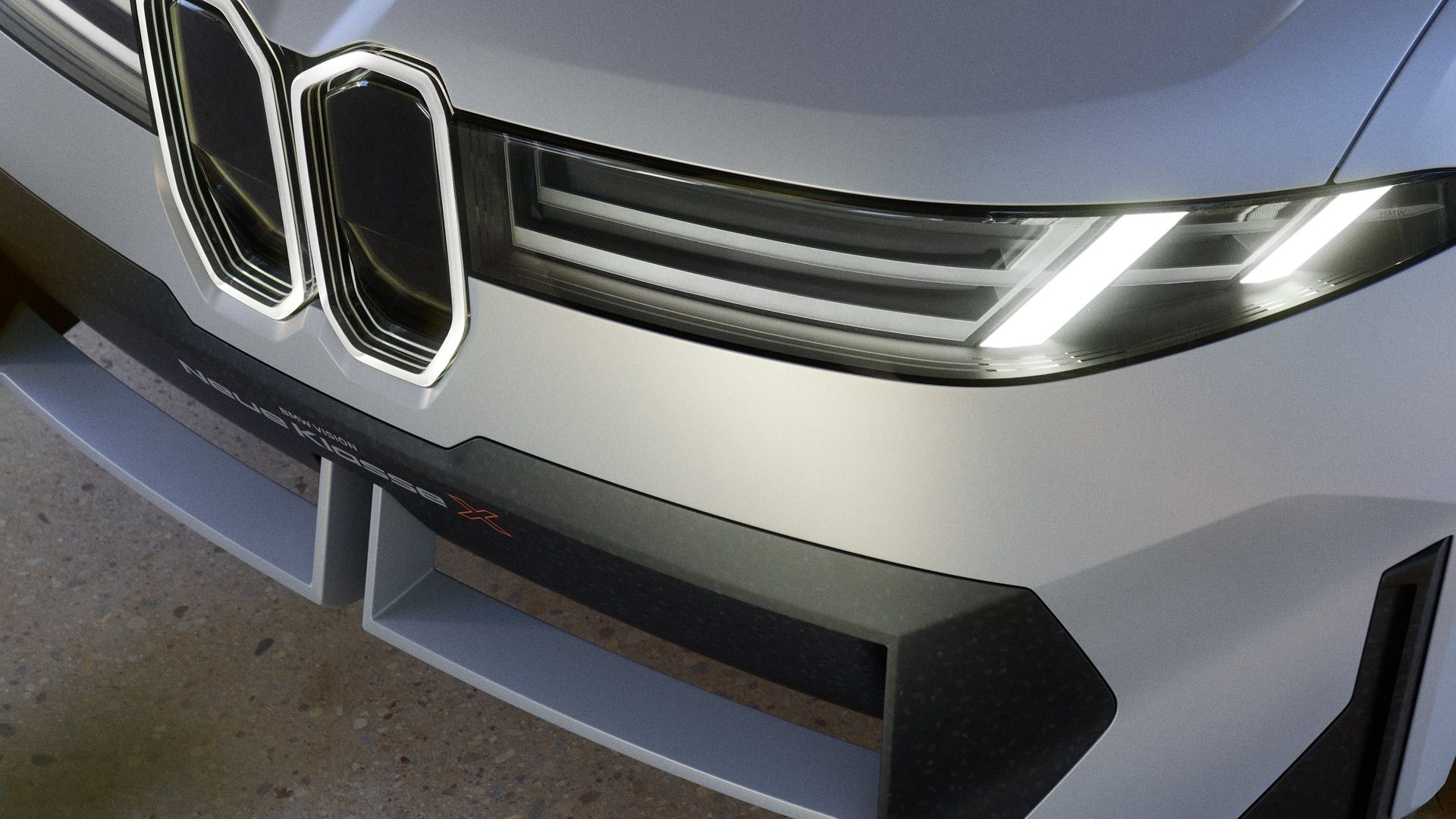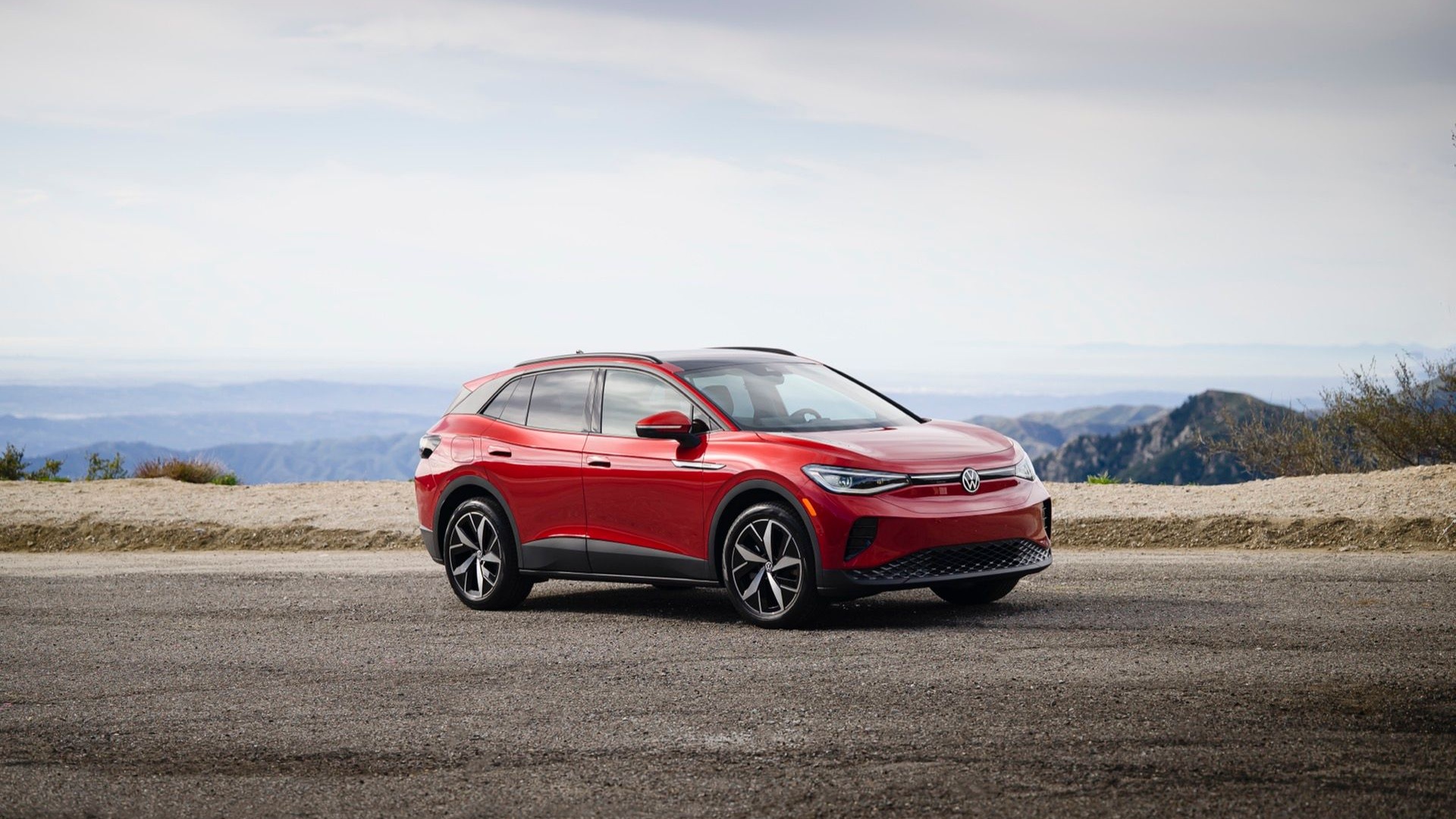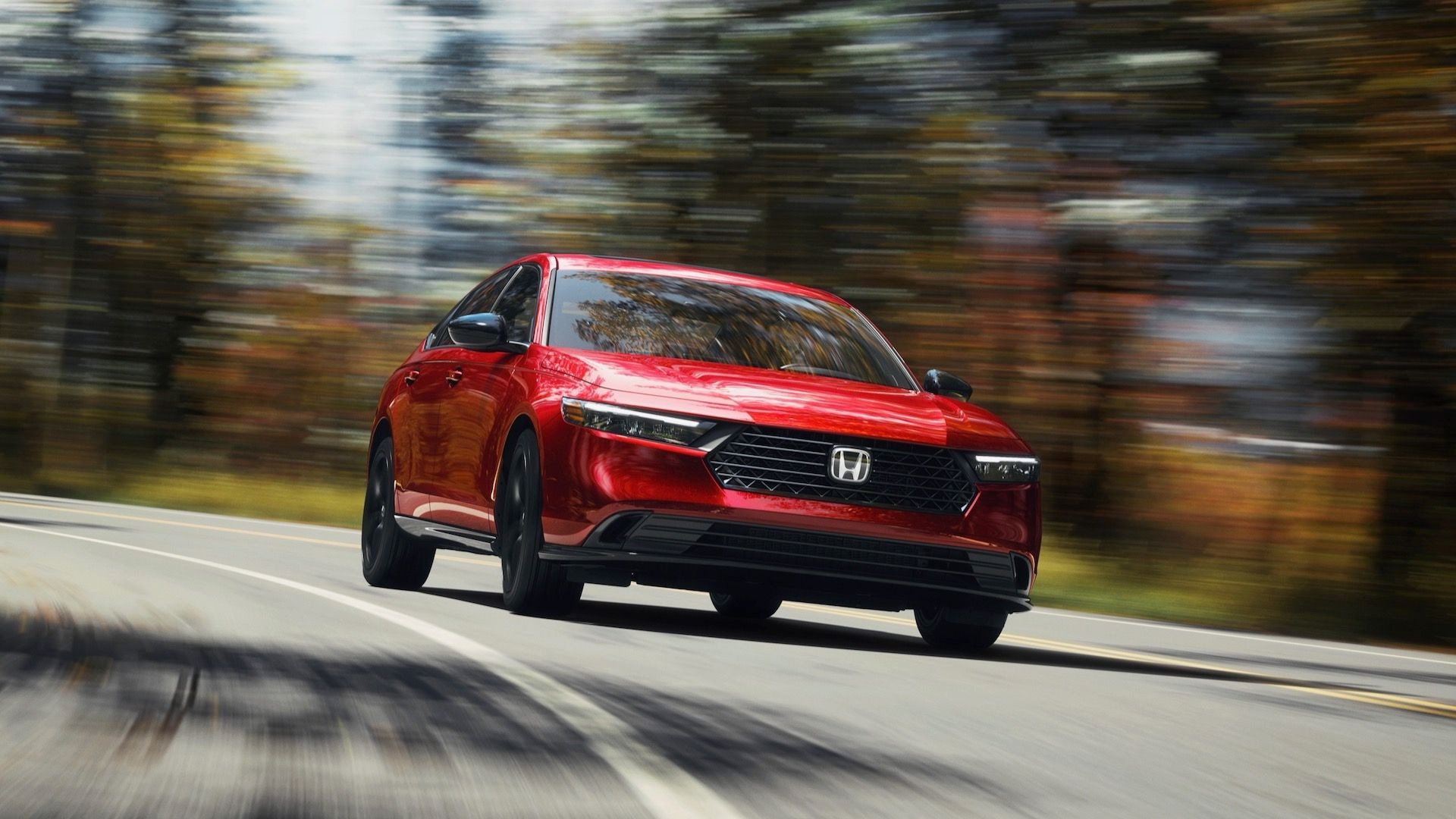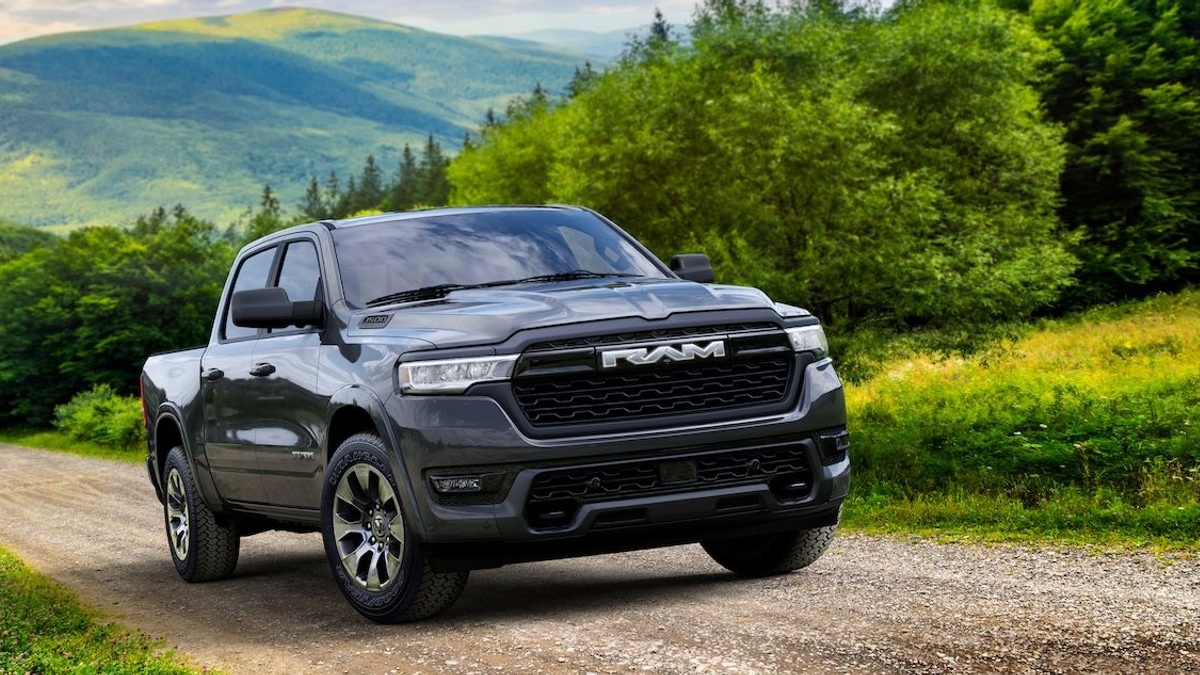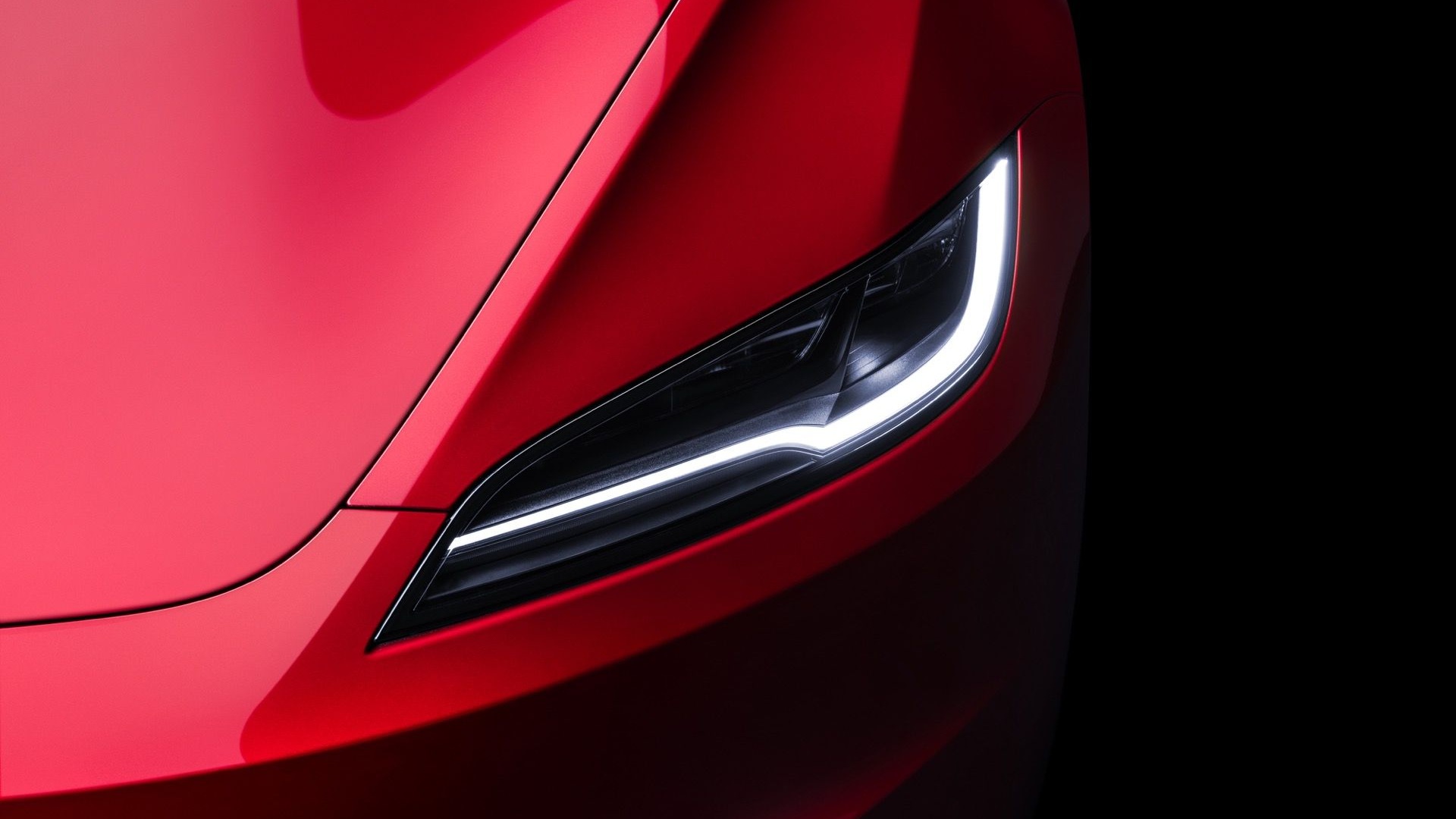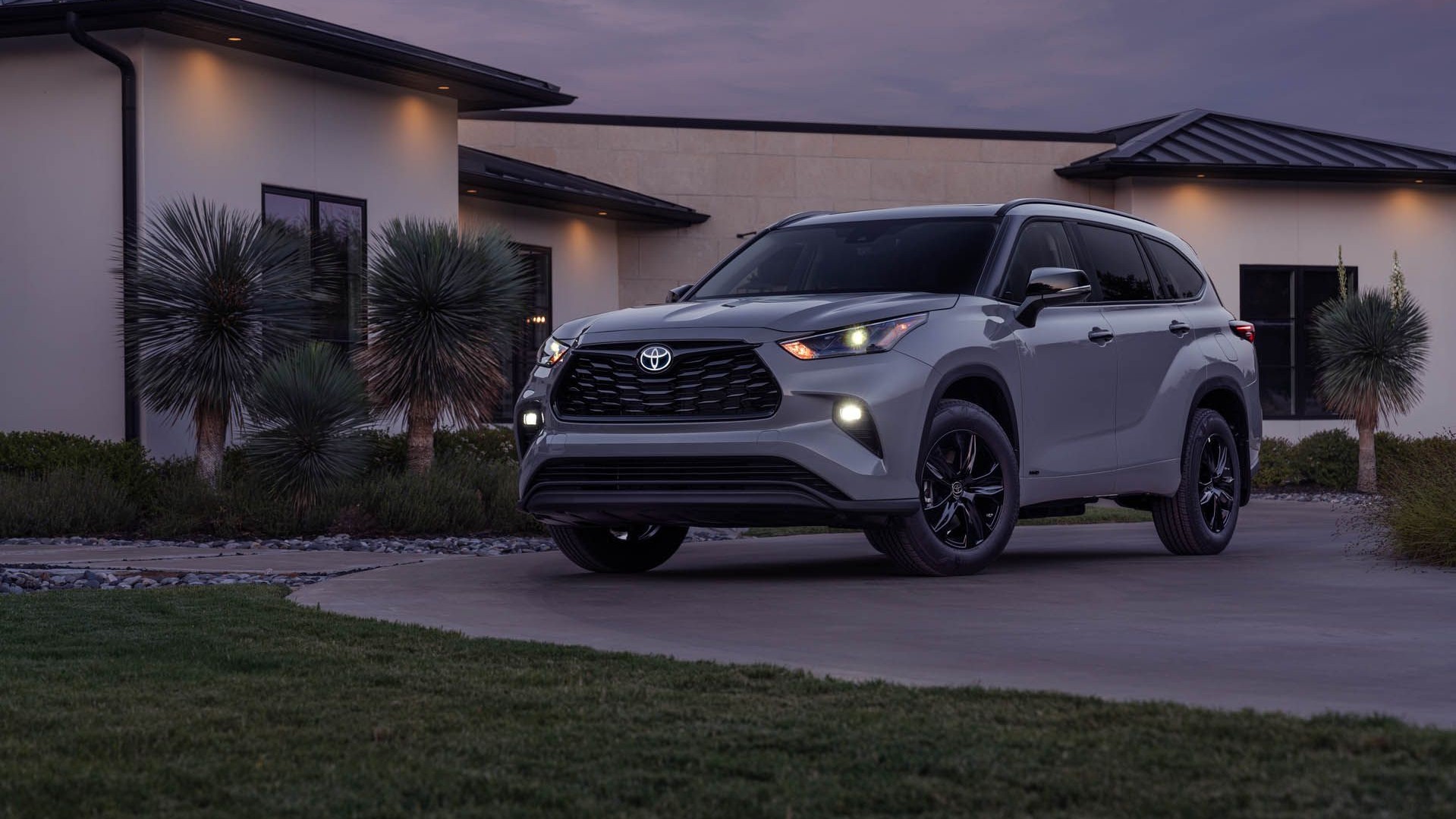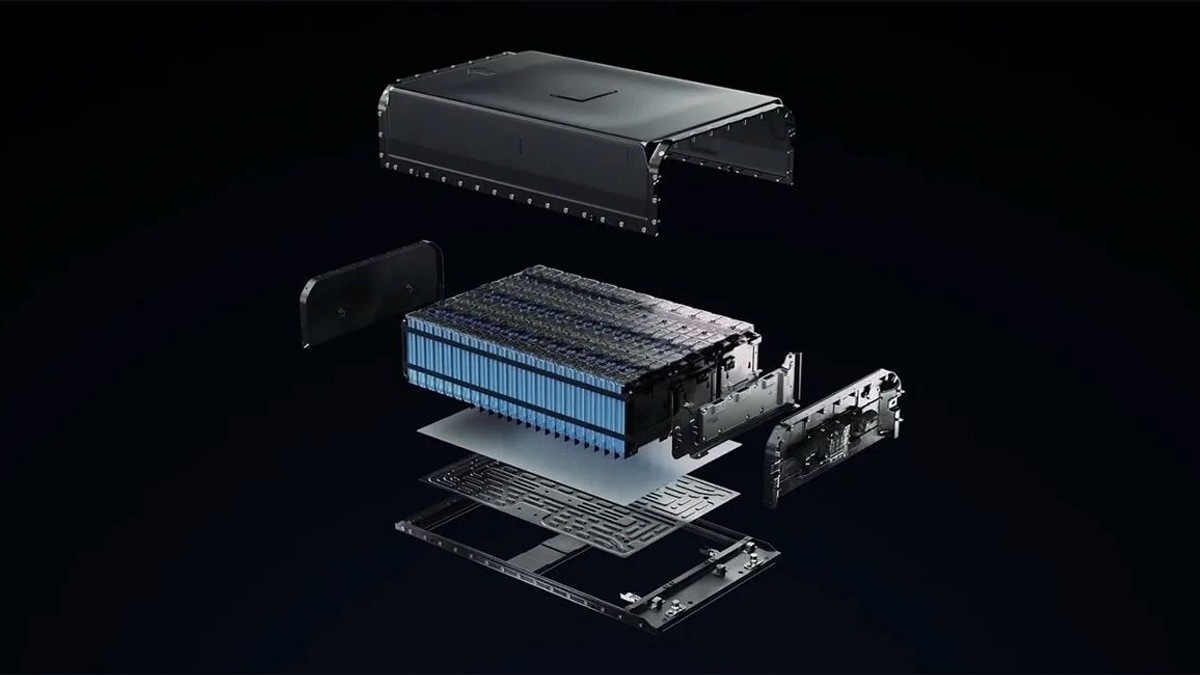- Fisker filed for bankruptcy protection in Delaware
- The startup automaker estimates liabilities between $100 million and $500 million
- Fisker halted production with contract maker Magna Steyr in March
Electric vehicle manufacturer Fisker on Monday filed for bankruptcy after the company failed to secure new investment to help get production of its Ocean crossover running again.
Fisker in a statement said it has sought Chapter 11 bankruptcy protection with a court in Delaware, and that it is currently in talks with creditors over debtor-in-possession financing and the sale of remaining assets.
In a court filing seen by Reuters, Fisker estimated its liabilities at between $100 million and $500 million, and its assets at between $500 million and $1 billion.
The move comes roughly a year after the start of deliveries of the Ocean, Fisker's debut model. Production of the electric compact crossover was handled by contract manufacturer Magna Steyr at a plant in Austria, but it was halted in March after Fisker experienced a cash crunch.
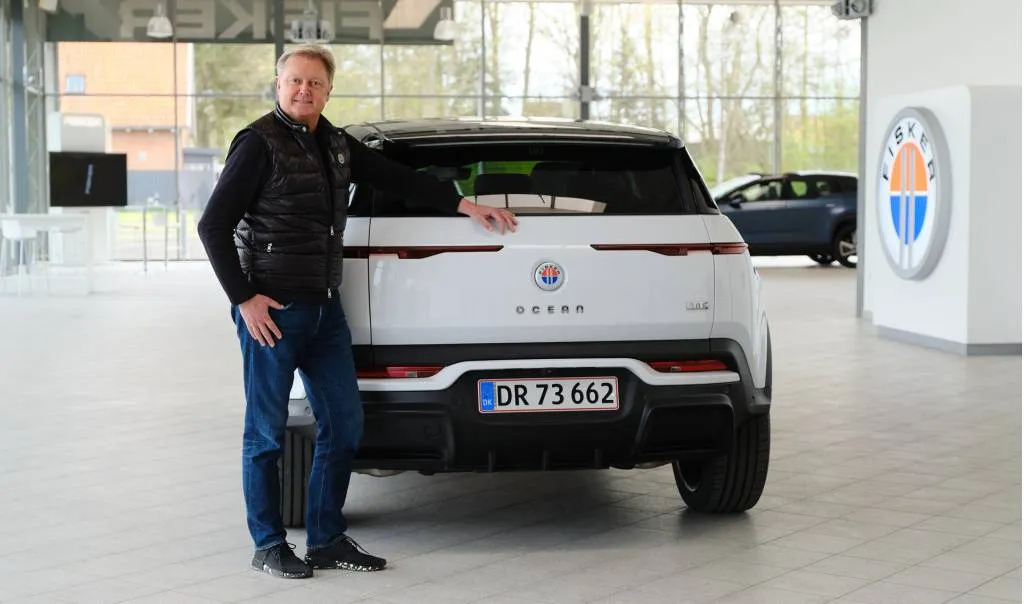
Henrik Fisker with the first customer Fisker Ocean - May 2023
According to Reuters, more than 10,000 Oceans were built in 2023 and only about 4,700 were delivered to customers. The company hasn't said what support will be offered for Ocean owners.
Prior to filing for bankruptcy protection, Fisker tried to raise funds by forming a partnership with a major automaker, rumored to be Nissan. The company also slashed prices on the Ocean in an attempt to reduce the building glut.
Beyond the funding issues, Fisker has also suffered from cooling demand for EVs, as well as supply chain issues that delayed a ramp-up in production of the Ocean.
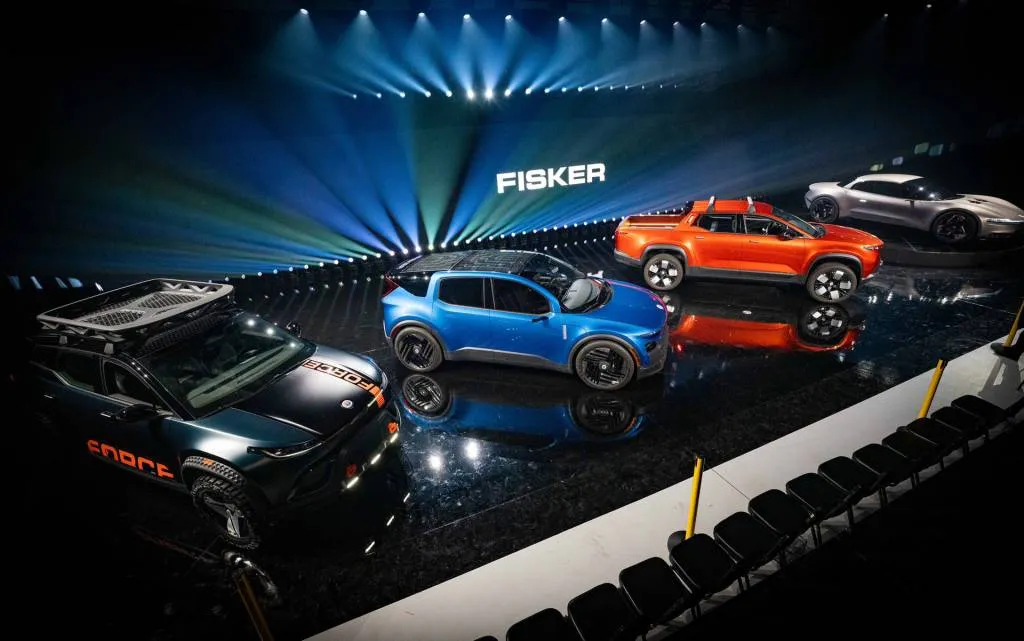
L to R: Fisker Ocean Force E, Pear, Alaska, and Ronin prototypes
The National Highway Traffic Safety Administration also started a preliminary probe into the Ocean in May after receiving complaints of doors sometimes failing to open.
This is the second instance of an EV startup founded and led by Henrik Fisker going bankrupt. Another company operating as Fisker failed in 2013, with its remaining assets sold to the Chinese battery company Wanxiang. That earlier Fisker was eventually revived and now operates as Karma.
A buyer with deep pockets could potentially purchase Fisker's assets, pay off its liabilities, and revive Ocean production. Fisker also presented designs for three additional vehicles that could be launched. They included the Pear urban crossover, Alaska pickup truck, and Ronin convertible.



